The Food Safety and Standards Authority of India (FSSAI) has commissioned quality checks on the spice mixes of 2 leading spice brands in India.
The Food Safety and Standards Authority of India (FSSAI):
|
|---|
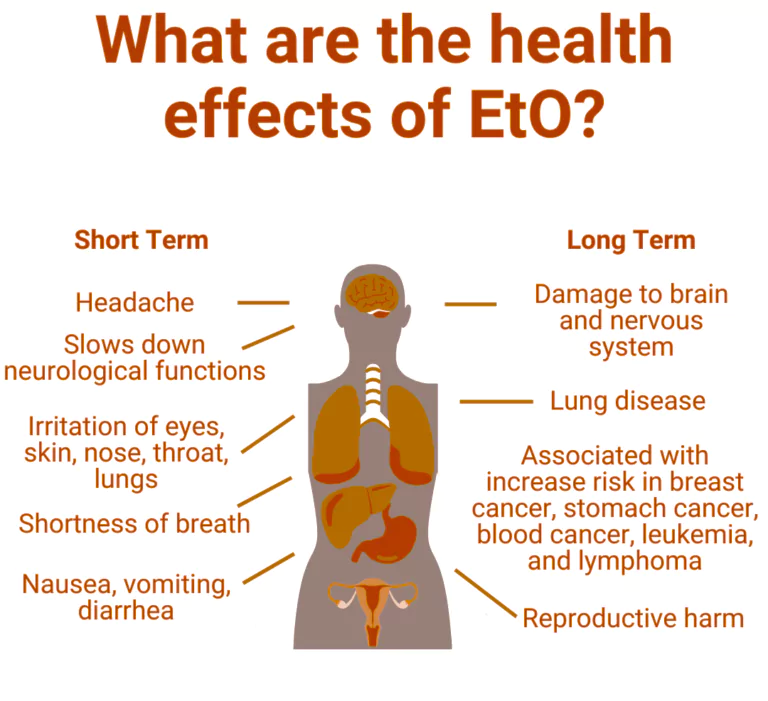
| Must Read | |
| NCERT Notes For UPSC | UPSC Daily Current Affairs |
| UPSC Blogs | UPSC Daily Editorials |
| Daily Current Affairs Quiz | Daily Main Answer Writing |
| UPSC Mains Previous Year Papers | UPSC Test Series 2024 |
The Supreme Court has allowed a 14-year-old victim of sexual assault to terminate her almost 30-week pregnancy.
The Question of ‘foetal viability’ in Abortion in India
|
|---|
| Must Read | |
| NCERT Notes For UPSC | UPSC Daily Current Affairs |
| UPSC Blogs | UPSC Daily Editorials |
| Daily Current Affairs Quiz | Daily Main Answer Writing |
| UPSC Mains Previous Year Papers | UPSC Test Series 2024 |
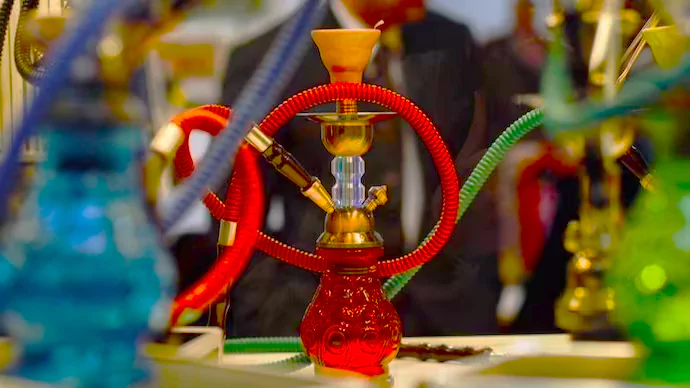
The Karnataka High Court has affirmed the state government’s decision to ban hookahs.
Public Health
|
|---|
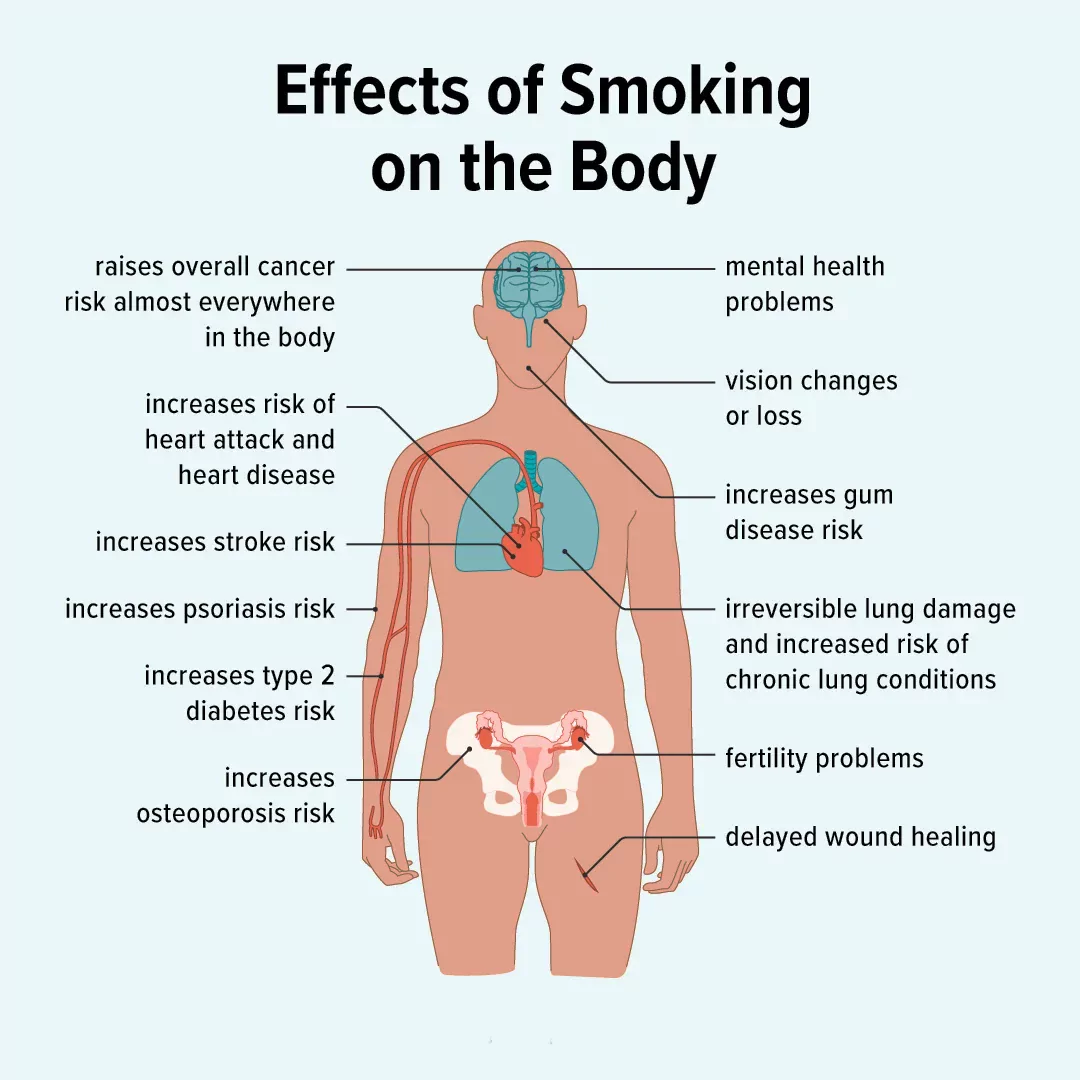 Hookah as a Service: Rule 4(3) of COTPA, amended in 2017, prohibits any service in smoking area.
Hookah as a Service: Rule 4(3) of COTPA, amended in 2017, prohibits any service in smoking area. Directive Principles of State Policy (DPSP)
|
|---|
| Must Read | |
| NCERT Notes For UPSC | UPSC Daily Current Affairs |
| UPSC Blogs | UPSC Daily Editorials |
| Daily Current Affairs Quiz | Daily Main Answer Writing |
| UPSC Mains Previous Year Papers | UPSC Test Series 2024 |
According to a study published in the journal Science, a quarter of the coastal land of China will sink below sea level within a century, putting hundreds of millions of people at risk of being flooded, due to land subsidence and climate change.

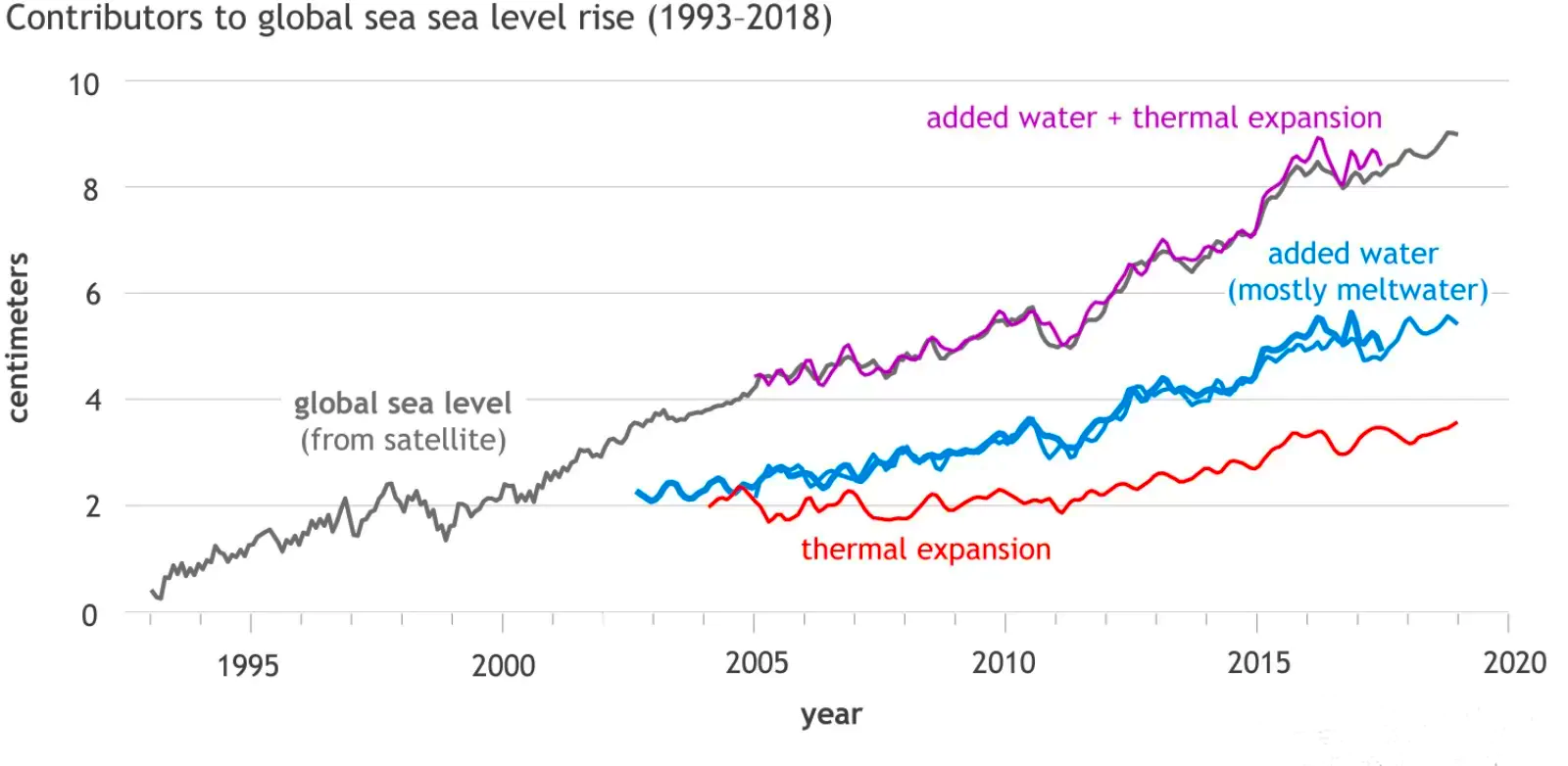
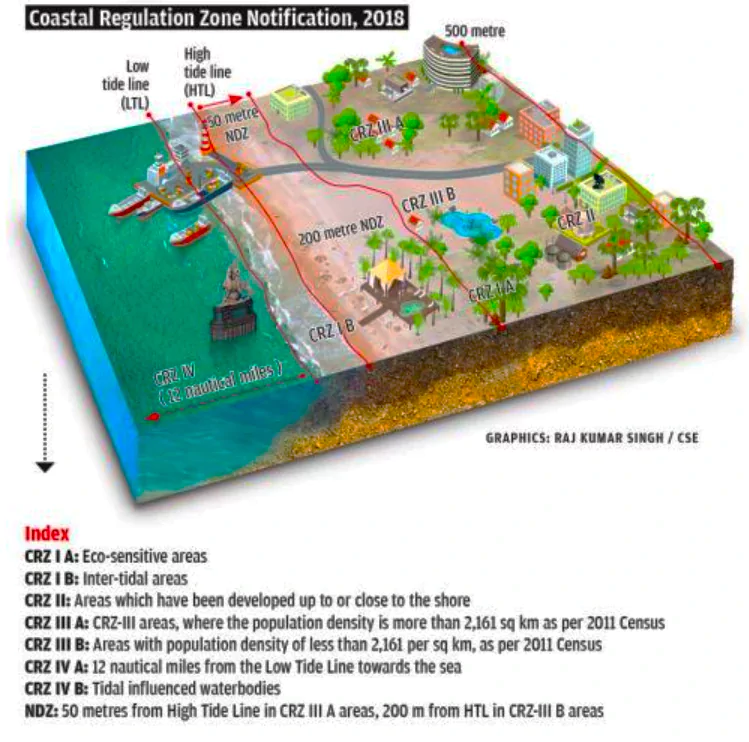 Location: Rural and Urban localities that fall outside I and II.
Location: Rural and Urban localities that fall outside I and II.
| Must Read | |
| NCERT Notes For UPSC | UPSC Daily Current Affairs |
| UPSC Blogs | UPSC Daily Editorials |
| Daily Current Affairs Quiz | Daily Main Answer Writing |
| UPSC Mains Previous Year Papers | UPSC Test Series 2024 |
Civil society organizations are encouraging the Association of Southeast Asian Nations (ASEAN) to step up and lead efforts in tackling plastic pollution.

The call for action has come ahead of the fourth session of the Intergovernmental Negotiating Committee (INC-4).
Incinerator
Process
|
|---|
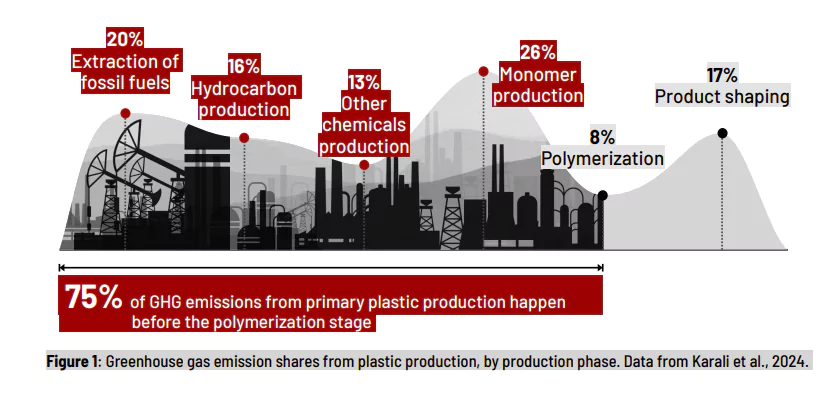 Plastic is deeply integrated into daily life, from packaging to single-use items, making reducing consumption difficult.
Plastic is deeply integrated into daily life, from packaging to single-use items, making reducing consumption difficult.
| Must Read | |
| NCERT Notes For UPSC | UPSC Daily Current Affairs |
| UPSC Blogs | UPSC Daily Editorials |
| Daily Current Affairs Quiz | Daily Main Answer Writing |
| UPSC Mains Previous Year Papers | UPSC Test Series 2024 |
Recently, Sunita Kejriwal, wife of Delhi Chief Minister Arvind Kejriwal, was appointed as a ‘star campaigner’ by the Aam Aadmi Party (AAP) for its campaign in Gujarat.
Section 77 of the Representation of the People Act, 1951 (RP Act) provides that
| Must Read | |
| NCERT Notes For UPSC | UPSC Daily Current Affairs |
| UPSC Blogs | UPSC Daily Editorials |
| Daily Current Affairs Quiz | Daily Main Answer Writing |
| UPSC Mains Previous Year Papers | UPSC Test Series 2024 |
Recently, Chipko Movement marked the Completion of its 50 Years of Landmark Environmental Conservation movement .

It is a non violent Environment Conservation Movement. The term Chipko refers to the act of hugging trees.
Genesis of the Chipko Movement in india
Appiko Movement: Hugging Trees for a Greener Tomorrow
|
|---|
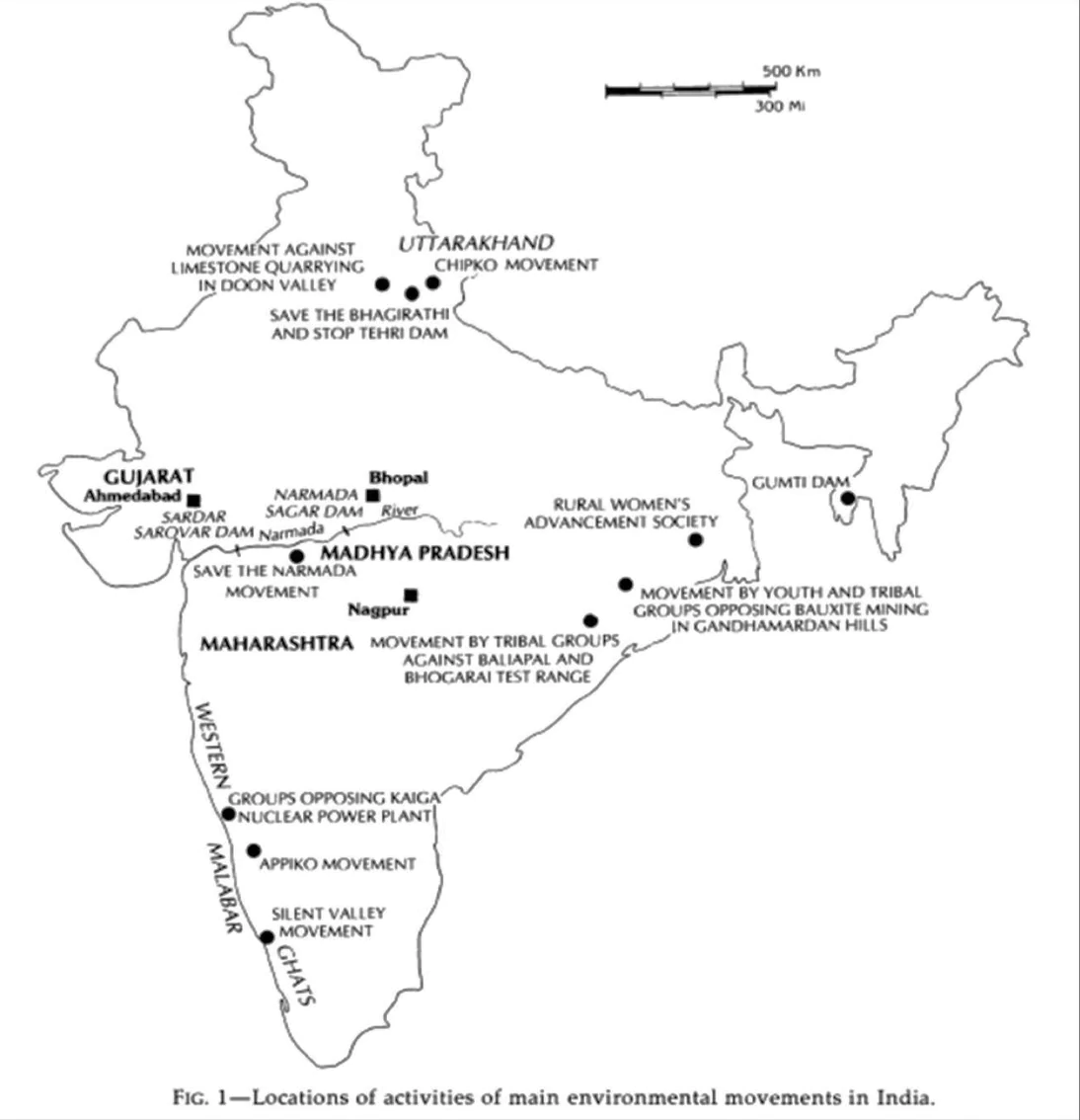
| Must Read | |
| NCERT Notes For UPSC | UPSC Daily Current Affairs |
| UPSC Blogs | UPSC Daily Editorials |
| Daily Current Affairs Quiz | Daily Main Answer Writing |
| UPSC Mains Previous Year Papers | UPSC Test Series 2024 |
According to a report released by Swiss NGO, the Public Eye and International Baby Food Action Network (IBFAN), Nestle’s baby food products sold in India, African and Latin American countries, have higher sugar content, in comparison to the same products sold in European markets.
| Relevance For Prelims: DISEASES, Role Of Government In Health, India’s Growing Obesity Challenge, India Spending Billions On Fast Food, Sugar Tax For A Healthier India, and Rising Diabetes In India.
Relevance For Mains: Food Regulation & Safety Standards in India: Challenges, and Way Forward. |
|---|
It was found that all 15 Cerelac products for six-month-old babies, which are sold without any added sugars in the United Kingdom and Germany, contained 2.7 grams of added sugar per serving in India.
WHO Recommendation:
|
|---|
Food regulation standards are majorly governed by the Food Safety and Standards Authority of India (FSSAI). It sets forth comprehensive guidelines and implements the same.
| Must Read | |
| NCERT Notes For UPSC | UPSC Daily Current Affairs |
| UPSC Blogs | UPSC Daily Editorials |
| Daily Current Affairs Quiz | Daily Main Answer Writing |
| UPSC Mains Previous Year Papers | UPSC Test Series 2024 |
The Ministry of Panchayati Raj commemorates the 24th of April every year as National Panchayati Raj Day (NPRD) marking the enactment of the Constitution (73rd Amendment) Act, 1992, which came into force on 24th April, 1993.
| Relevance For Prelims: LOCAL SELF-GOVERNANCE IN INDIA, Evolution Of PANCHAYATI RAJ, 73rd CONSTITUTIONAL AMENDMENT ACT, 1992, and Smart Gram Panchayat, Contributions Of Panchayati Raj Committees In India.
Relevance For Mains: Strengthening Panchayati Raj in India: Evolution, Current Status, Challenges, and Way Forward for Grassroot Governance. |
|---|
Grassroot Governance refers to the participation of local residents in village governance. The main objective behind it is that the people in the village should undertake the responsibilities of governing themselves.
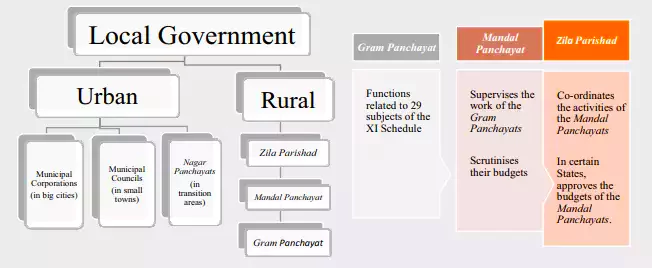 73rd Constitutional Amendment Act, 1992: It constitutionalised the Panchayats and made mandatory for all the states to set up three-tier (in smaller states having less than 20 lakh population – two-tier) Panchayats:
73rd Constitutional Amendment Act, 1992: It constitutionalised the Panchayats and made mandatory for all the states to set up three-tier (in smaller states having less than 20 lakh population – two-tier) Panchayats:
How Are Local Bodies Funded?
|
Best Practices in Panchayati Ra Institution Implementation
|
|---|
India’s local governance system needs to be empowered in all three areas to ensure that power truly rests with the people, not just on paper, but also in practice.
| Must Read | |
| NCERT Notes For UPSC | UPSC Daily Current Affairs |
| UPSC Blogs | UPSC Daily Editorials |
| Daily Current Affairs Quiz | Daily Main Answer Writing |
| UPSC Mains Previous Year Papers | UPSC Test Series 2024 |
<div class="new-fform">
</div>
